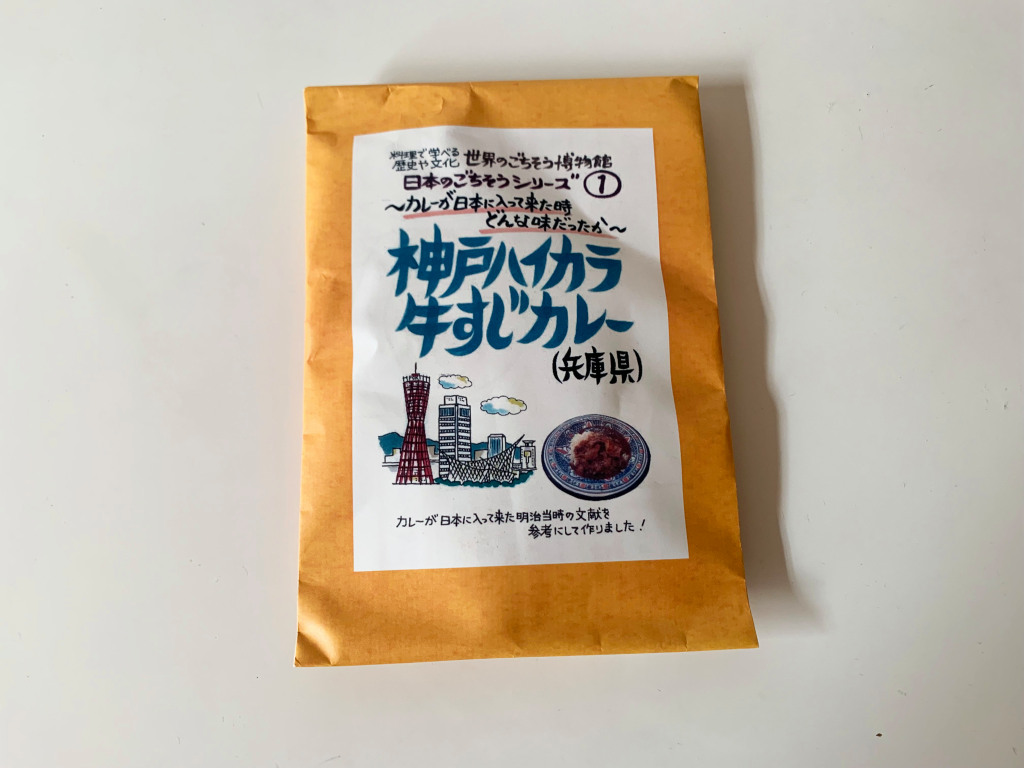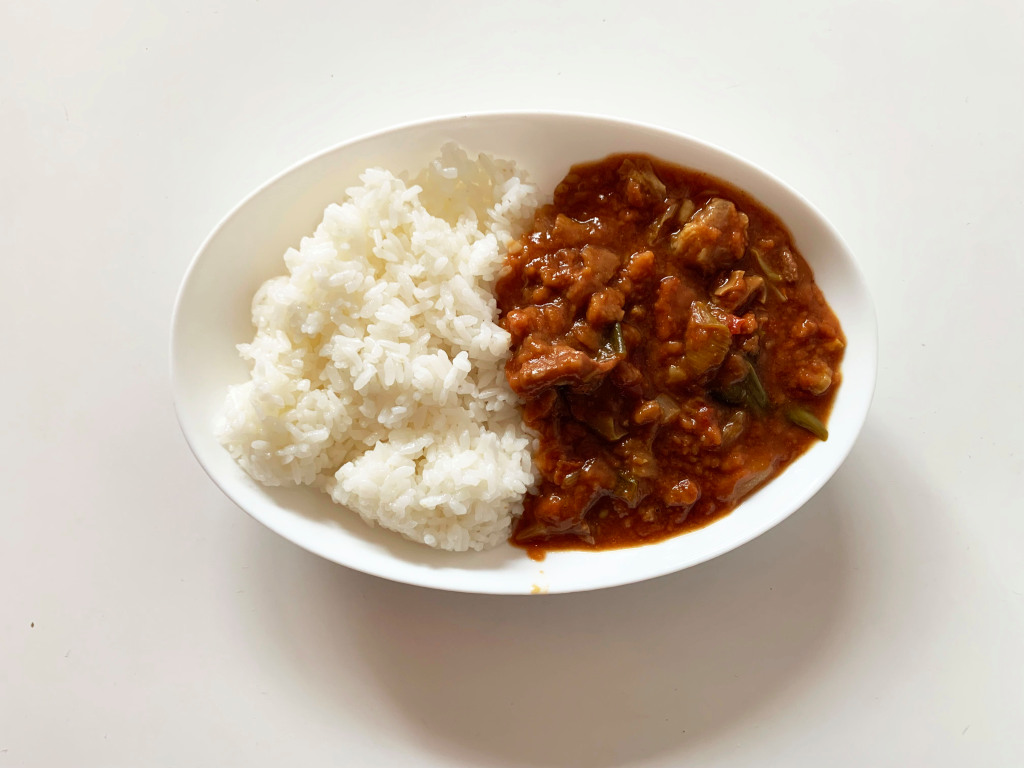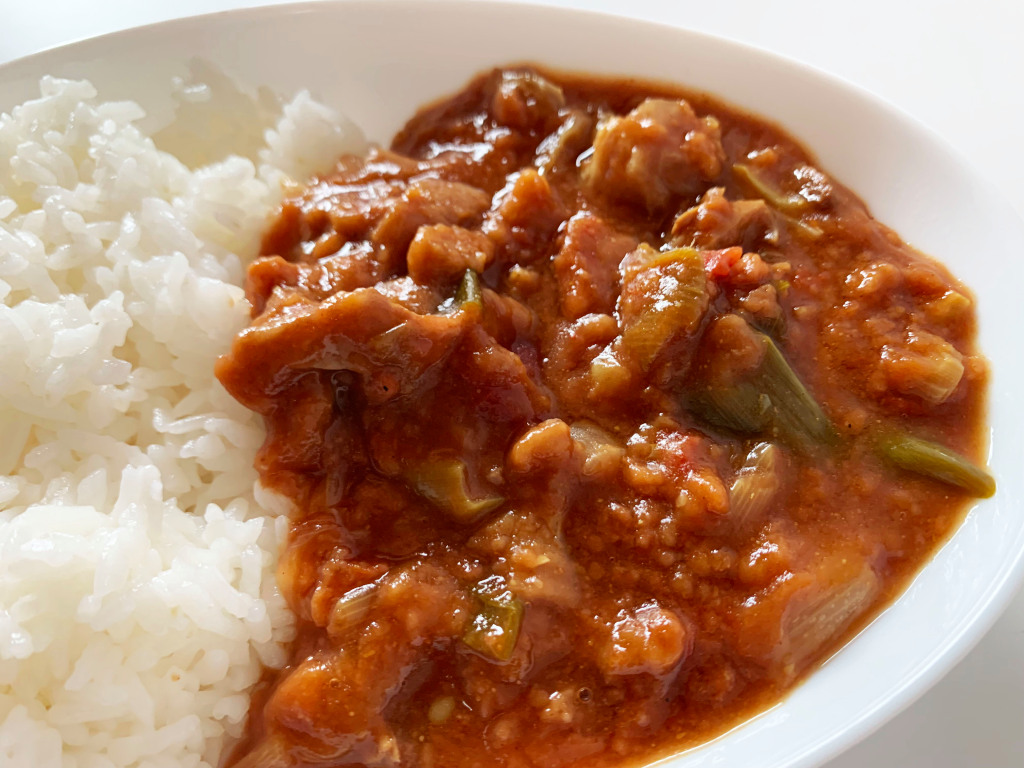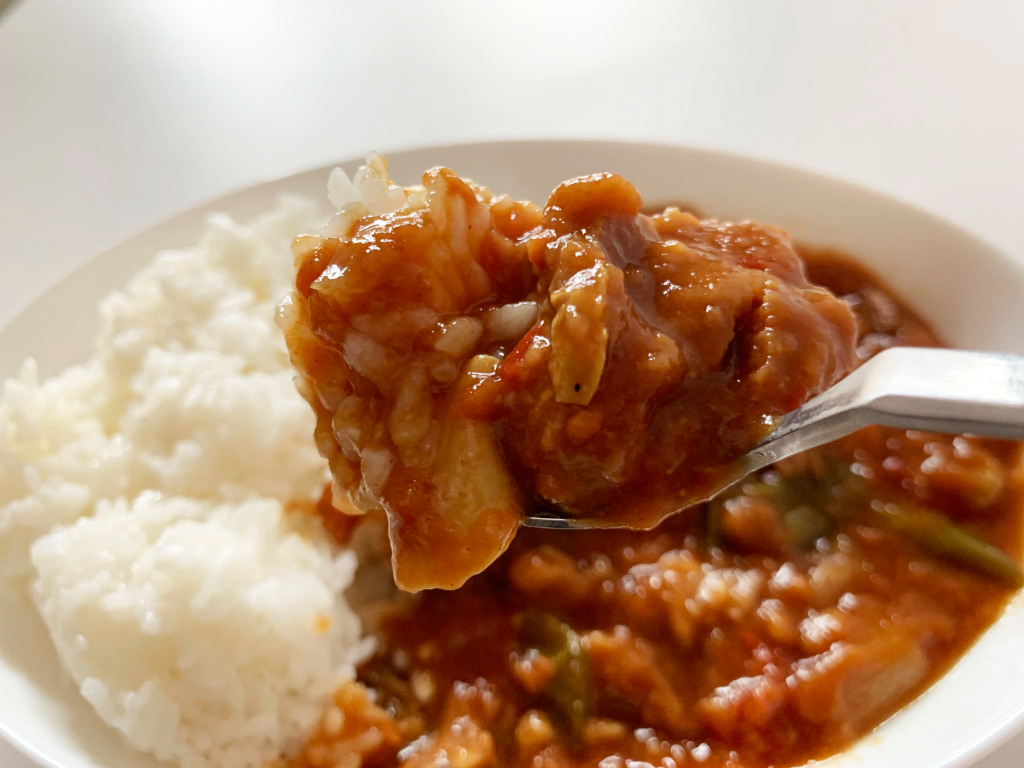Something that makes curry unique among staple foods in Japan is that it’s pretty easy to determine, more or less, when people here ate it for the first time. As a culinary cultural import, curry was introduced to Japan during the Meiji period, when Japan finally resumed regular relations with other countries following centuries of shogunate-enforced isolation from the rest of the world.
With the Meiji period starting in 1868, that means Japan has been chowing down on curry for roughly 150 years. A lot can happen in a century and a half, though, as mainstream tastes evolve and foodie trends come and go, and our reporter Seiji Nakazawa found himself wanting to know what curry in Japan tasted like back when his ancestors were eating it.
Not having a time machine, he wasn’t sure how to go about this, but it turns out he didn’t have to back to the past to achieve this goal. All he had to do was go to the Marugoto Nippon shopping center in Tokyo’s Asakusa neighborhood.
In the supermarket located on the building’s first floor he found a pack of Kobe Haikara Gyusuji Curry, an instant curry pack made according to historical documents from the Meiji period describing the curry of the era.
▼ Kobe Haikara Gyusuji Curry

At 610 yen for a 200-gram packet, it’s a little on the pricy side as far as instant curry goes. On the other hand, if you think of it as a historical artifact, it’s remarkably affordable, and so Seiji picked one up to taste test.

Opening the outer wrapping, he found the vacuum pouch containing the curry itself as well as a sheet of historical notes. Among the things he learned reading it were that neither potatoes nor onions were commonly grown or eaten in Japan 150 years ago, so recipes at the time did without those current curry must-haves. Instead, negi, Japanese green onions, were used instead, and the historically based recipe ingredient list for Kobe Haikara Gyusuji Curry also contains beef tendon, garlic, ginger, flour, tomato, and chicken and beef extract.
This is a boil-in-the-pouch instant curry, so Seiji brought a pot of water to a boil and tossed it in to cook for five minutes. While he was waiting he dished up a plate of rice, and once the curry was ready he poured it over half the grains, as is the standard serving style in Japan.

The beef tendon is diced, so appearance-wise this old-school curry looks a bit like keema curry, a type of curry made with ground meat. The green onions are also sliced small enough that they seem to partially blend with the liquid roux.

Scooping up a spoonful, Seiji took a bite and was surprised that the first sensation wasn’t spicy or salty, but tart! The spice came on soon after, though, for a pleasing, flavorful finish.

So yes, Japanese curry from 150 years ago does taste different than the Japanese curry of today. But as Seiji continued to eat, he couldn’t help feeling like there was something familiar about the Kobe Haikara Gyusuji Curry.
And then it hit him: It tastes a lot like what Japan calls oufu curry, or “European-style curry.” Honestly, this makes a lot of sense, since while India is considered to have the richest curry heritage, the dish came to Japan via contact with the British navy. So it makes sense that Meiji-period curry, which hadn’t been significantly adapted to Japanese tastes yet, would have strong similarities to the type of curry that had already achieved wide popularity in Europe.
If you’d like to try Kobe Kaikara Gyusuji Curry for yourself, it’s available online here, and if you want to even deeper with your historical culinary recreation, we’ve got the oldest Japanese curry recipe in existence right here.
Read more stories from SoraNews24.
-- Here’s the oldest recipe for Japanese curry in existence, and how it tastes【SoraKitchen】
-- You put WHAT in your curry? Japanese netizens reveal their favourite secret ingredients
-- Japanese bakery’s new Vegan Curry Bread is awesome enough to please even carnivores【Taste test】
- External Link
- https://soranews24.com/2021/07/30/what-did-japanese-curry-taste-like-150-years-ago-this-instant-curry-pack-lets-you-find-out/
 Take our user survey and make your voice heard.
Take our user survey and make your voice heard.




17 Comments
Login to comment
englisc aspyrgend
Always interesting to try something different and get an idea of what our ancestors taste was, especially if like Japanese curry it has changed and evolved some way from the original over the years.
One day I would love to try Hannah Glasse’s curry recipe from 1747, said to turn out more like a Balti than a modern curry.
kurisupisu
The Japanese really don’t know the range and depth of Indian food and that the Japanese curry’s ancestry is something that started life on a ship…
Commodore Perry
I've had curry here that tastes like it's 150 years old.
ats
Its a curry, that is all !!
Commodore Perry
zichiToday 06:40 pm JST
Considering I am the first one to comment on this thread, pretty interesting observation!
Speaking of food, I like my curry with brown rice.
Rice produces 25% of global methane into the atmosphere. Scientists are working to create varieties that produce less.
WilliB
....and from the headline I thought had found a 150 year old time capsule with curry...
Commodore Perry
zichiToday 08:55 am JST
Thank you Wikipedia.
Ground beef for meatballs and meatloaf, and pasta dishes.
Commodore Perry
Who was keeping these curry packs for 150 years anyway?
Robert Cikki
Didn't the Yushukan Museum also sell "original" curries from 1800s? With a picture of a sailing ship among the JSDF items?
CrashTestDummy
I'd try it for novelty and heck of it. Likely wouldn't be eating it regularly though.
kohakuebisu
I clicked on the link and it looks like it is at least additive free, something you cannot always expect with purported "ye olde" foods. Too expensive for me though.
Pukey2
Commodore:
Me too, Indian and Thai all the way. Not too keen on sweet sauce and lard.
Commodore Perry
More curry news? Ok, I would try it with brown rice. I don't like Japanese curry prefer Indian and Thai.